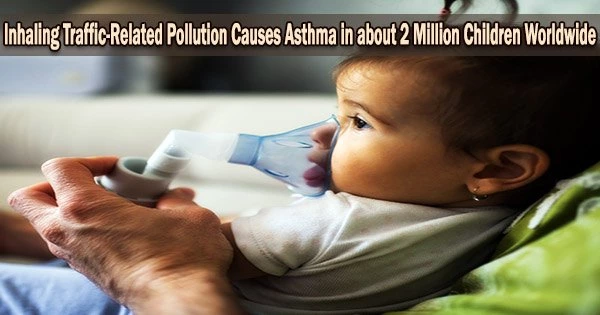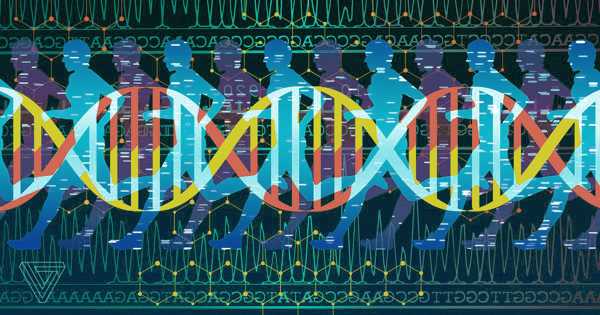An air pollutant associated with traffic, which is an issue that is particularly significant in major cities around the world, may be the root cause of about 2 million new instances of pediatric asthma each year. In more than 13,000 communities from Los Angeles to Mumbai, the study is the first to determine the burden of juvenile asthma cases due by this pollutant.
“Our study found that nitrogen dioxide puts children at risk of developing asthma and the problem is especially acute in urban areas,” Susan Anenberg, a co-lead author of the article and a professor of environmental and occupational health at the George Washington University, said. “The findings suggest that clean air must be a critical part of strategies aimed at keeping children healthy.”
Anenberg and her colleagues studied ground concentrations of nitrogen dioxide, or NO2, a pollutant that comes from tailpipe vehicle emissions, power plants and industrial sites. From 2000 to 2019, they also monitored any new cases of asthma that appeared in kids. Airways in the lungs become inflamed as a result of the chronic illness asthma.
Here are some key findings from the study:
- Out of the estimated 1.85 million new pediatric asthma cases attributed to NO2 globally in 2019, two-thirds occurred in urban areas.
- Recently, there was a decrease in the percentage of pediatric asthma cases in metropolitan areas that were associated to NO2, likely as a result of stricter clean air legislation implemented by high-income nations like the United States.
- Despite the improvements in air quality in Europe and the U.S., dirty air, and particularly NO2 pollution, has been rising in South Asia, Sub-Saharan African and the Middle East.
- Pediatric asthma cases linked to NO2 pollution represent a large public health burden for South Asia and Sub-Saharan Africa.
In a recent study, the GW researchers discovered that up to 50% of asthma cases worldwide and 13% of the juvenile asthma burden worldwide were associated with NO2.
Our study found that nitrogen dioxide puts children at risk of developing asthma and the problem is especially acute in urban areas. The findings suggest that clean air must be a critical part of strategies aimed at keeping children healthy.
Susan Anenberg
From 20% in 2000 to 16% in 2019, the percentage of pediatric asthma cases associated with NO2 decreased overall. The good news is that children, especially those who reside in areas close to busy roads and industrial sites, have greatly benefited from better air in Europe and some parts of the United States.
The researchers conclude that much more work has to be done to reduce hazardous emissions from vehicles and other sources of NO2, both in higher income countries and in regions of the world that are still having difficulty doing so.
According to a second study by Veronica Southerland at GW, Anenberg, and their associates, 1.8 million more fatalities in 2019 alone can be attributed to urban air pollution. According to this modeling study, 86% of adults and children living in cities throughout the world are exposed to levels of fine particulate matter that are beyond the World Health Organization’s recommended limits.
“Reducing fossil fuel-powered transportation can help children and adults breathe easier and may pay big health dividends, such as fewer cases of pediatric asthma and excess deaths,” Anenberg said. “At the same time, it would also reduce greenhouse gas emissions, leading to a healthier climate.”
















